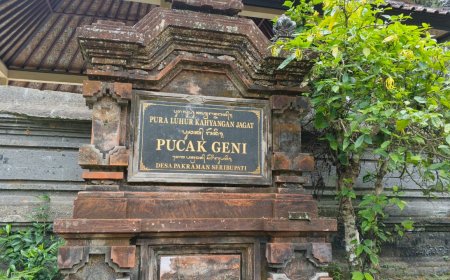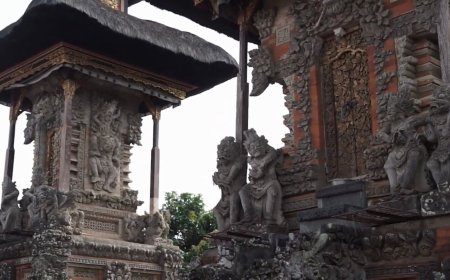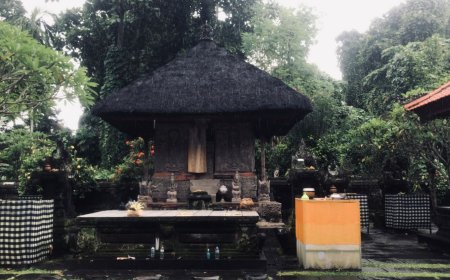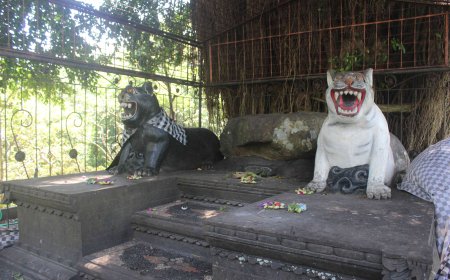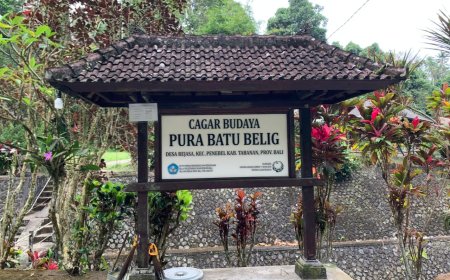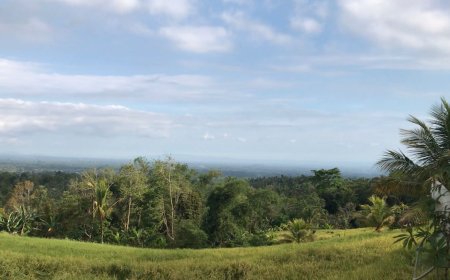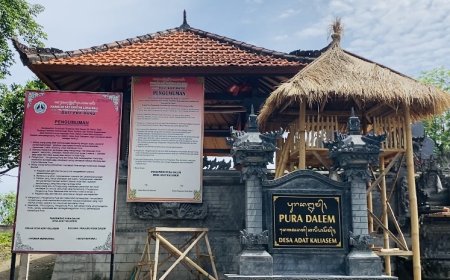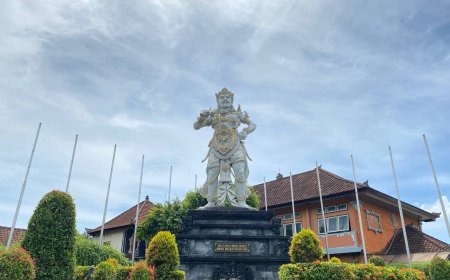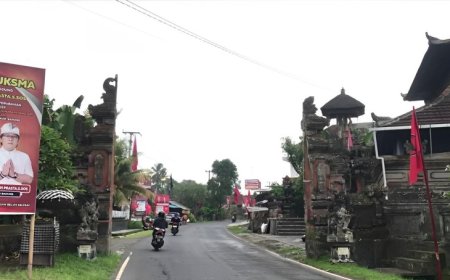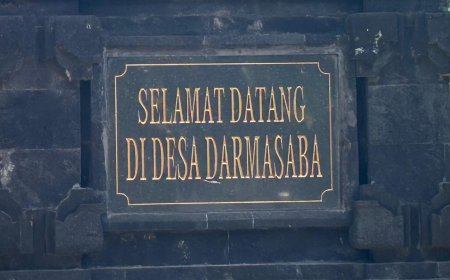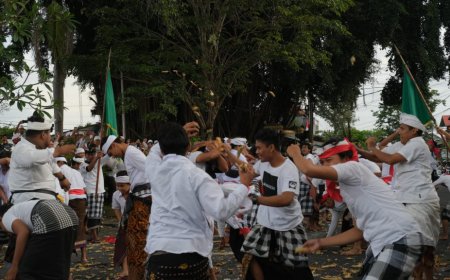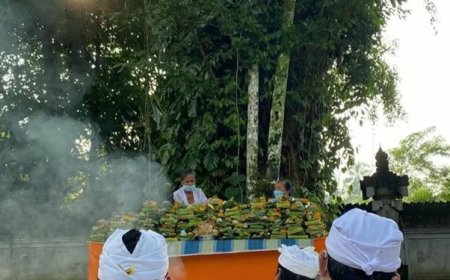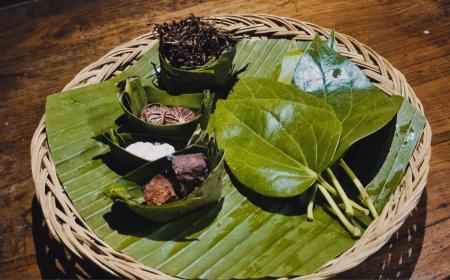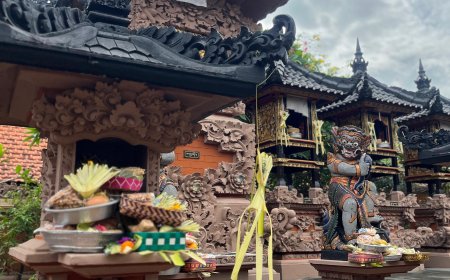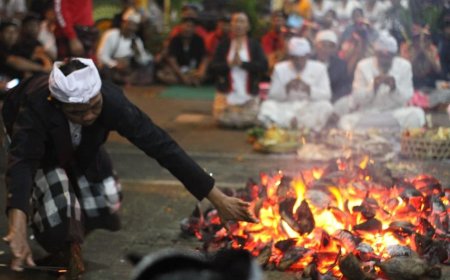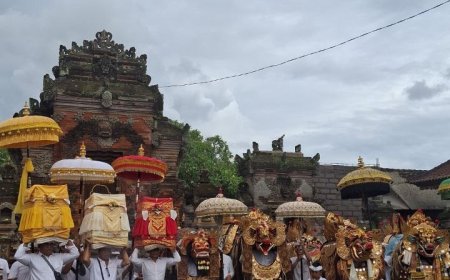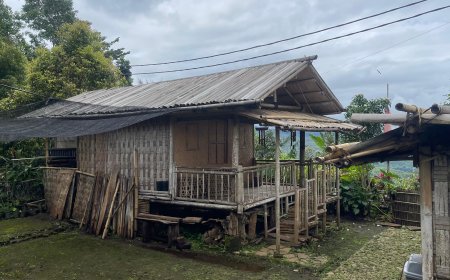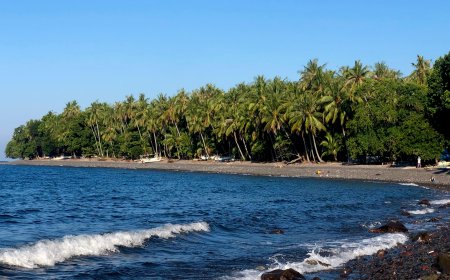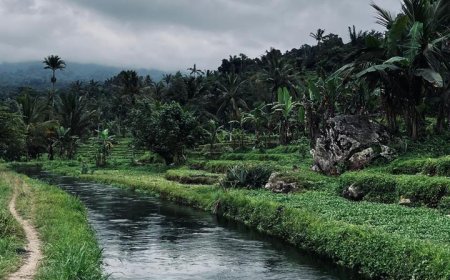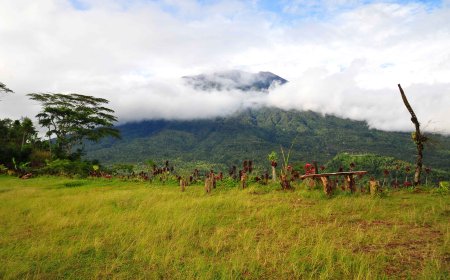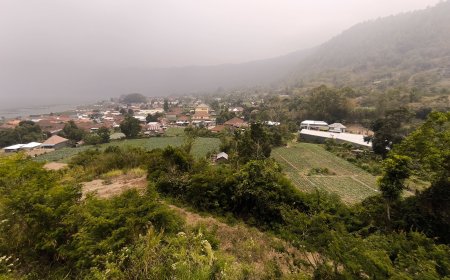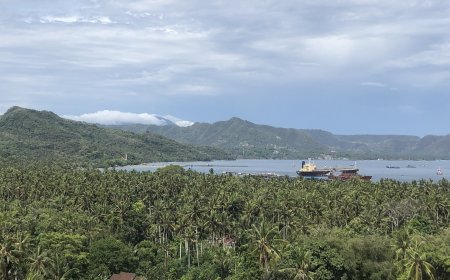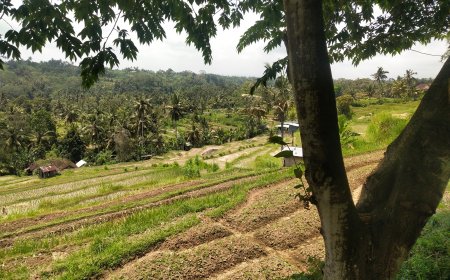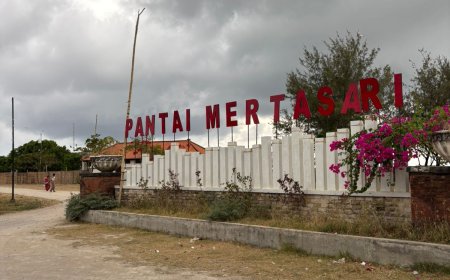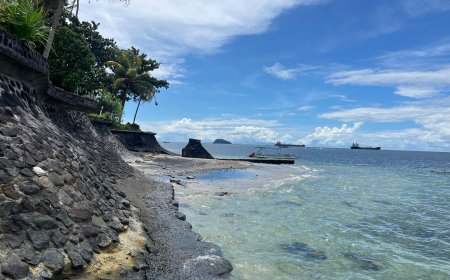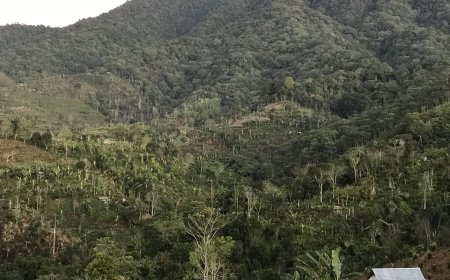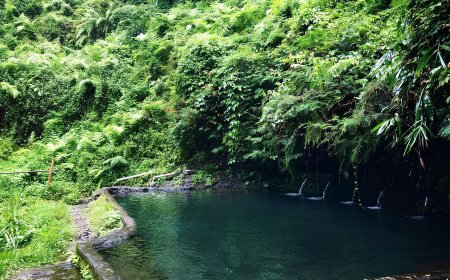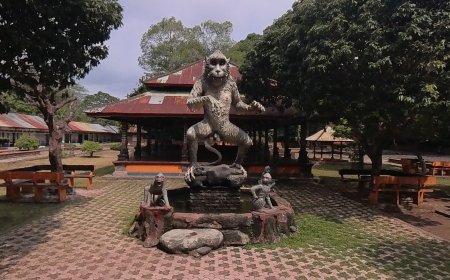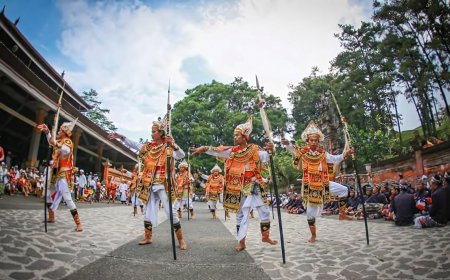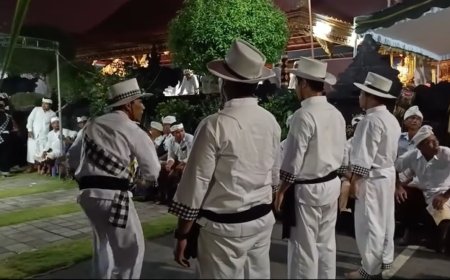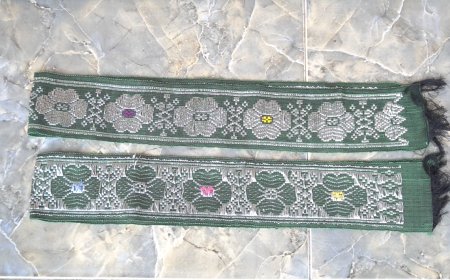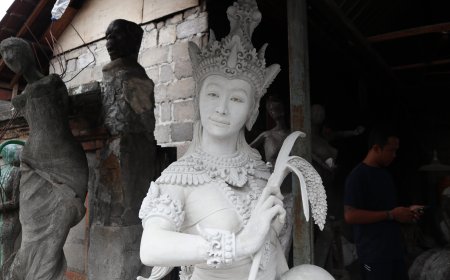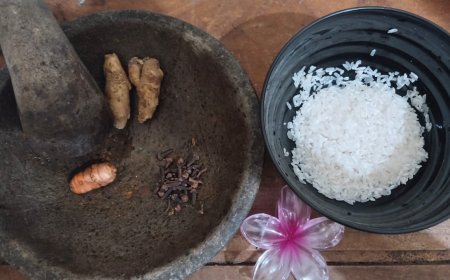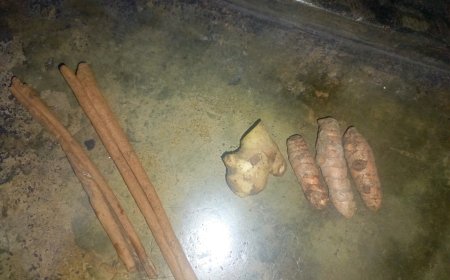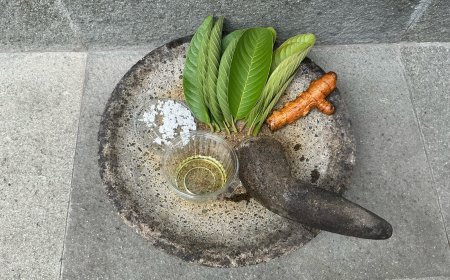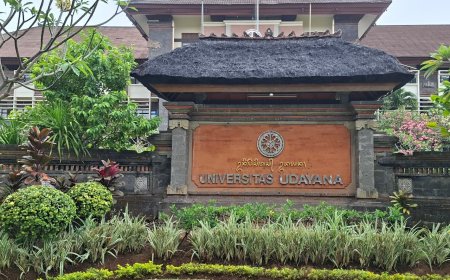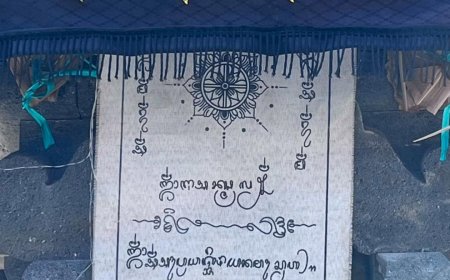History of Aksara Bali
The history of Balinese script began with the influence of Indian scripts that entered through Pallawa and Dewanagari. Its development went through the Pallava, Old Balinese, Majapahit, and modern Balinese script phases. The Balinese script is used in religious, literary, and traditional administrative fields, and is now also present in the digital realm. The role of historical figures and local governments is an important factor in preserving the Balinese script. Its preservation must continue so that this cultural heritage will remain intact in the future.
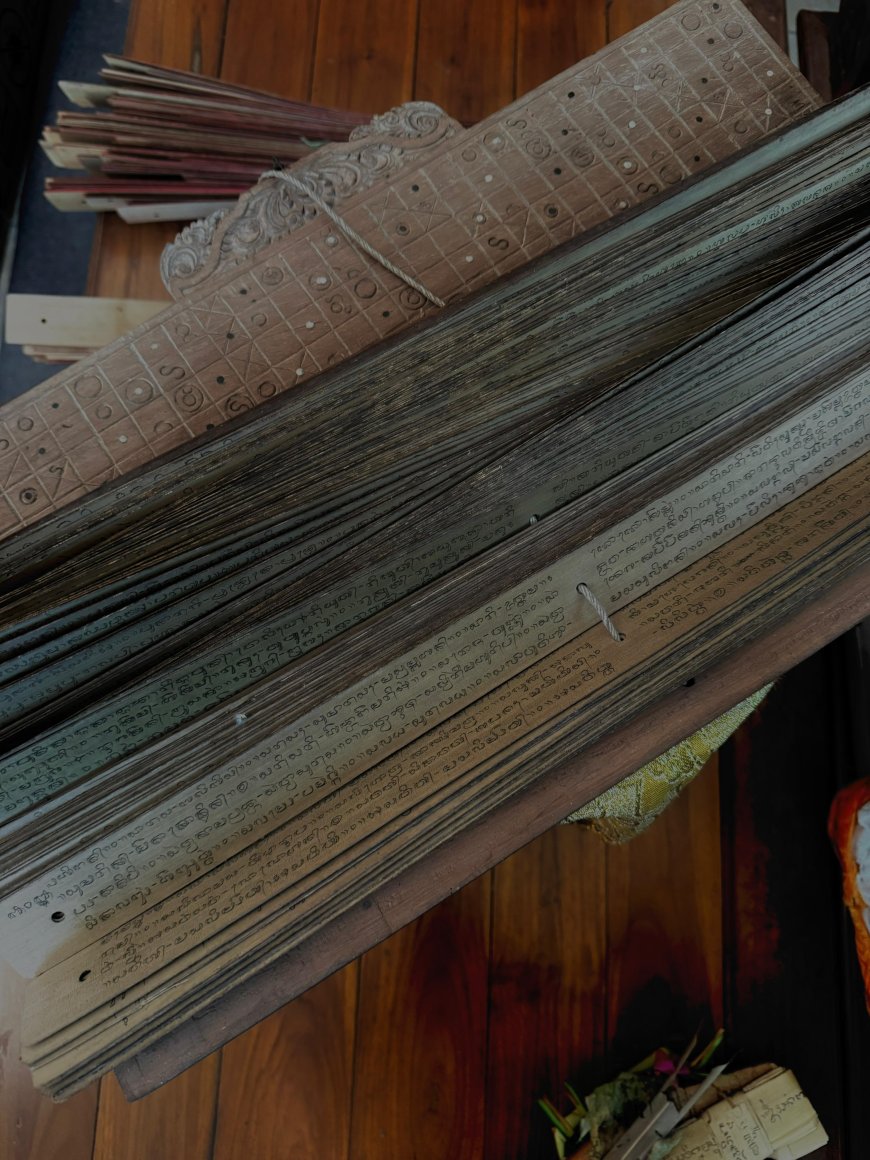
The history of Balinese script shows a long journey that is rich in cultural values and the identity of the Balinese people. This script not only functions as a means of communication, but also as a medium for preserving knowledge, literature, and religious values. Moreover, Balinese script holds a special position because it is considered sacred and believed to possess magical powers in Balinese Hindu religious practices. Therefore, studying the history of Balinese script is very important for understanding the roots of Balinese civilization.
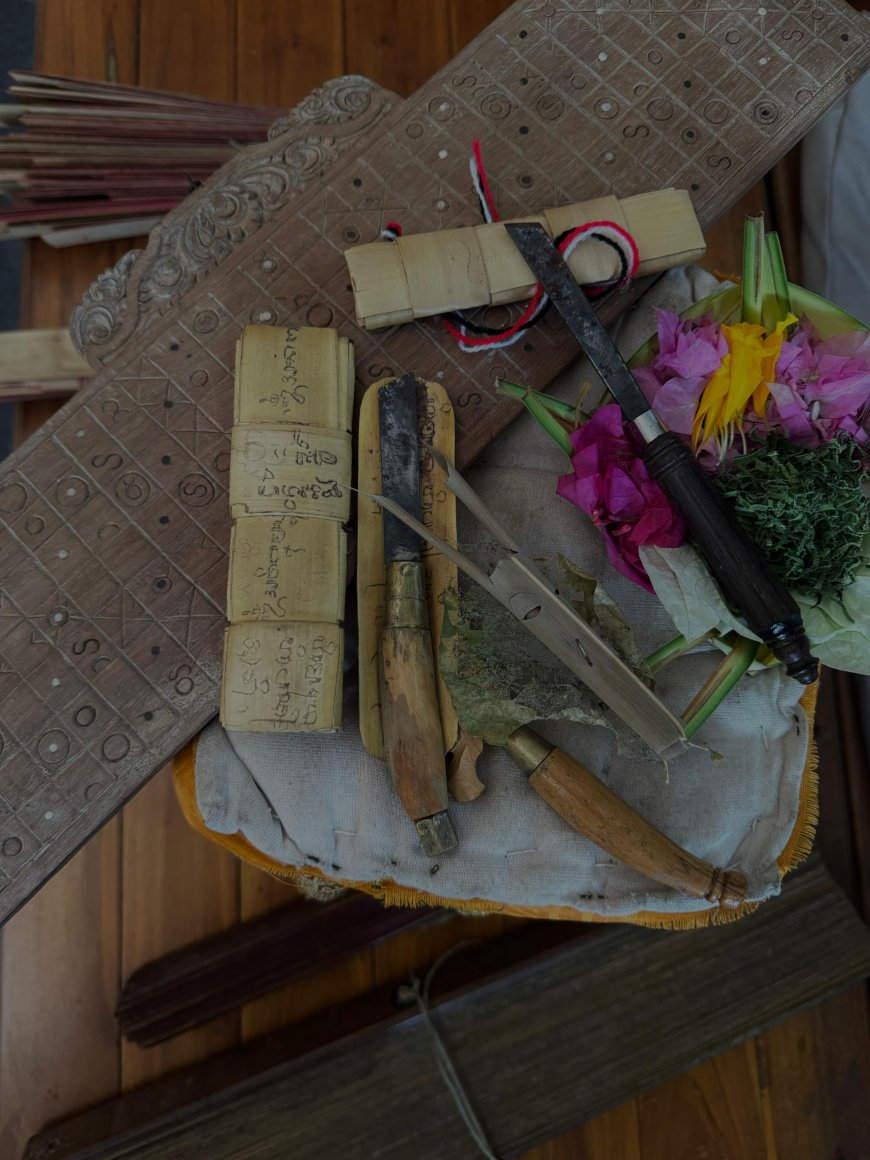
Pre-Modern Writing Tools (Photo Source: Personal Collection)
Historically, Balinese script originated from the development of Indian script. According to the Balinese Script Installation Guidelines (2002), the oldest script in India is Karosti, which later developed into Brahmi. Various derivatives were born from Brahmi, including Devanagari in Northern India, which was used to write Sanskrit, and Pallava in Southern India for the Pallava language. These two scripts then entered the archipelago along with the spread of Hinduism and Buddhism. The oldest evidence of the use of Indian scripts in Indonesia is the Yupa inscription in Kutai, East Kalimantan, which is written in Devanagari. In Bali, early traces were found on a small stupa at Pura Penataran Sasih, Pejeng, which uses the Pradevanagari or Siddhamatrka script. Another important piece of evidence is the Blanjong inscription in Sanur from 913 AD, issued by King Sri Kesari Warmadewa, which contains dual writing in Devanagari and Old Balinese scripts.
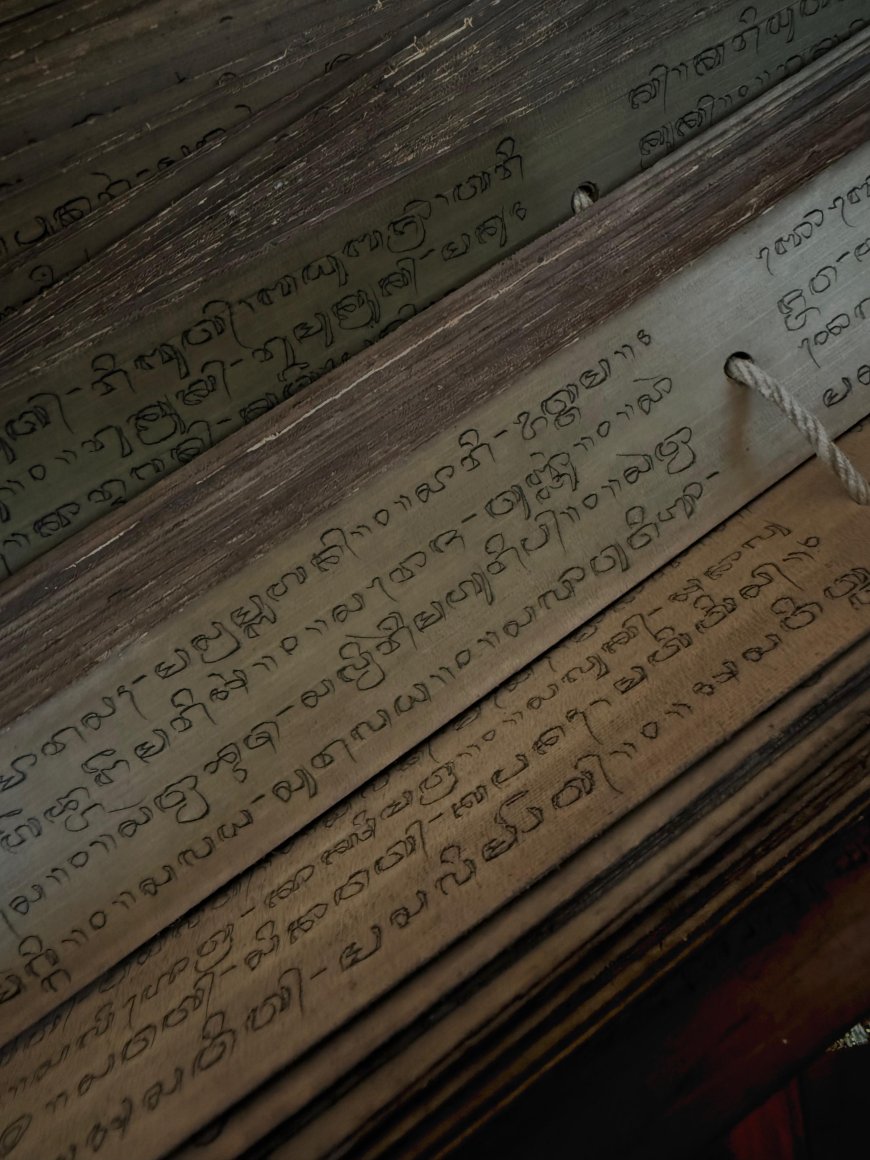
Balinese script in a lontar manuscript from the 1950s (Photo source: Personal Collection)
The development of Balinese script went through several phases. In the early days, the Pallava script from South India developed into a Semi-Pallava form, which then gave rise to the Kediri Kwadrat script. From this script, the Javanese and Balinese scripts were born. Around the 9th-10th centuries, the Old Balinese script began to be used in royal inscriptions with a simple form but still strongly influenced by Pallava. Entering the Majapahit and Middle Bali periods, there was close interaction between the Javanese and Balinese scripts, although the Balinese script retained its distinctive rounded form. Over time, the Balinese script evolved into the modern Balinese script that we know today. Standardization was carried out through the Pasamuhan Agung Basa Bali (Grand Council of the Balinese Language) in 1957, 1963, and 1973. Then, the Bali Provincial Culture Office compiled the Pedoman Pasang Aksara Bali (Balinese Script Guidelines) in 1997, which was updated in 2002 as the official basis for writing.
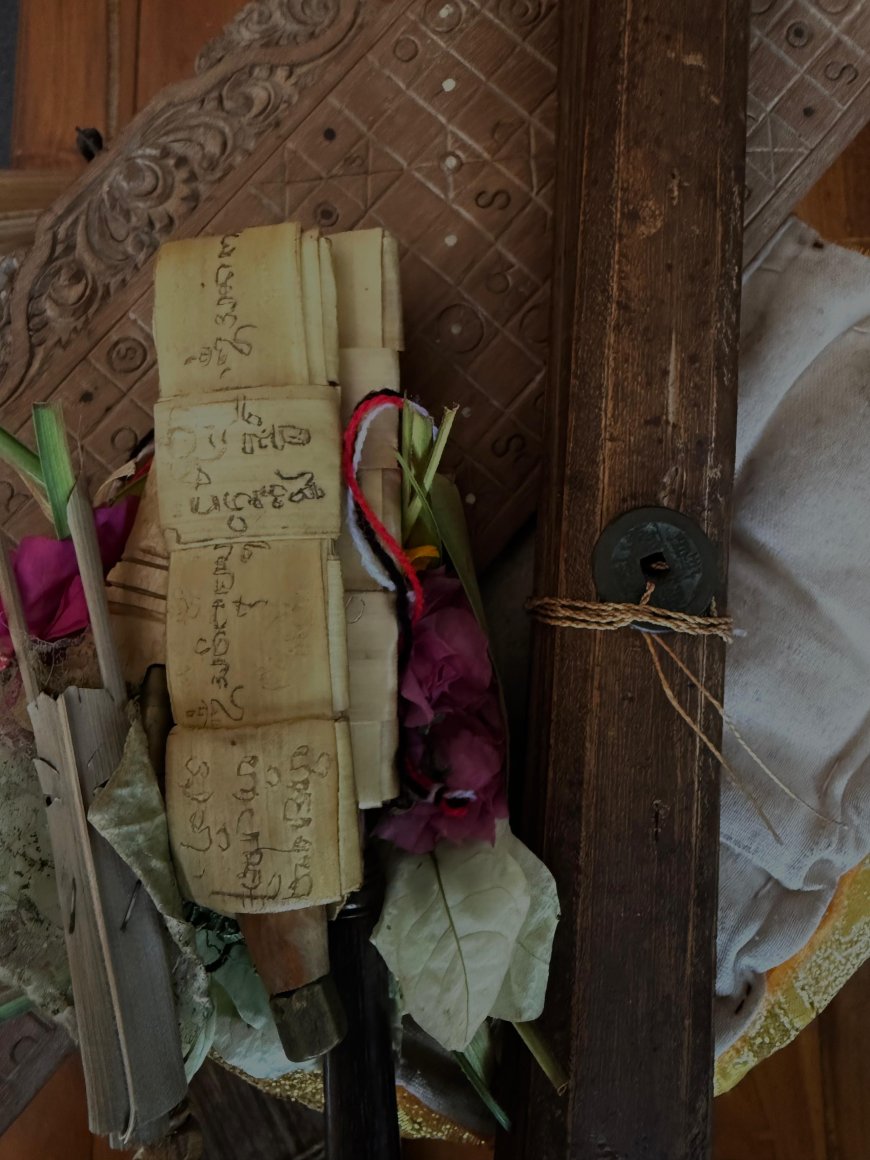
ancient lontar palm leaf with a stylus (Photo source: Personal Collection)
Balinese script plays an important role in the lives of the community, from religious fields such as lontar writing, mantras, and sacred texts, to literature such as kakawin, kidung, and geguritan. Once used in traditional administration such as inscriptions, Balinese script has now reappeared on signboards, official documents, and digital media thanks to Unicode support. Its preservation is carried out through formal and informal education, local content curricula, official government guidelines, and the use of technology that enables its use on computers and smartphones.
